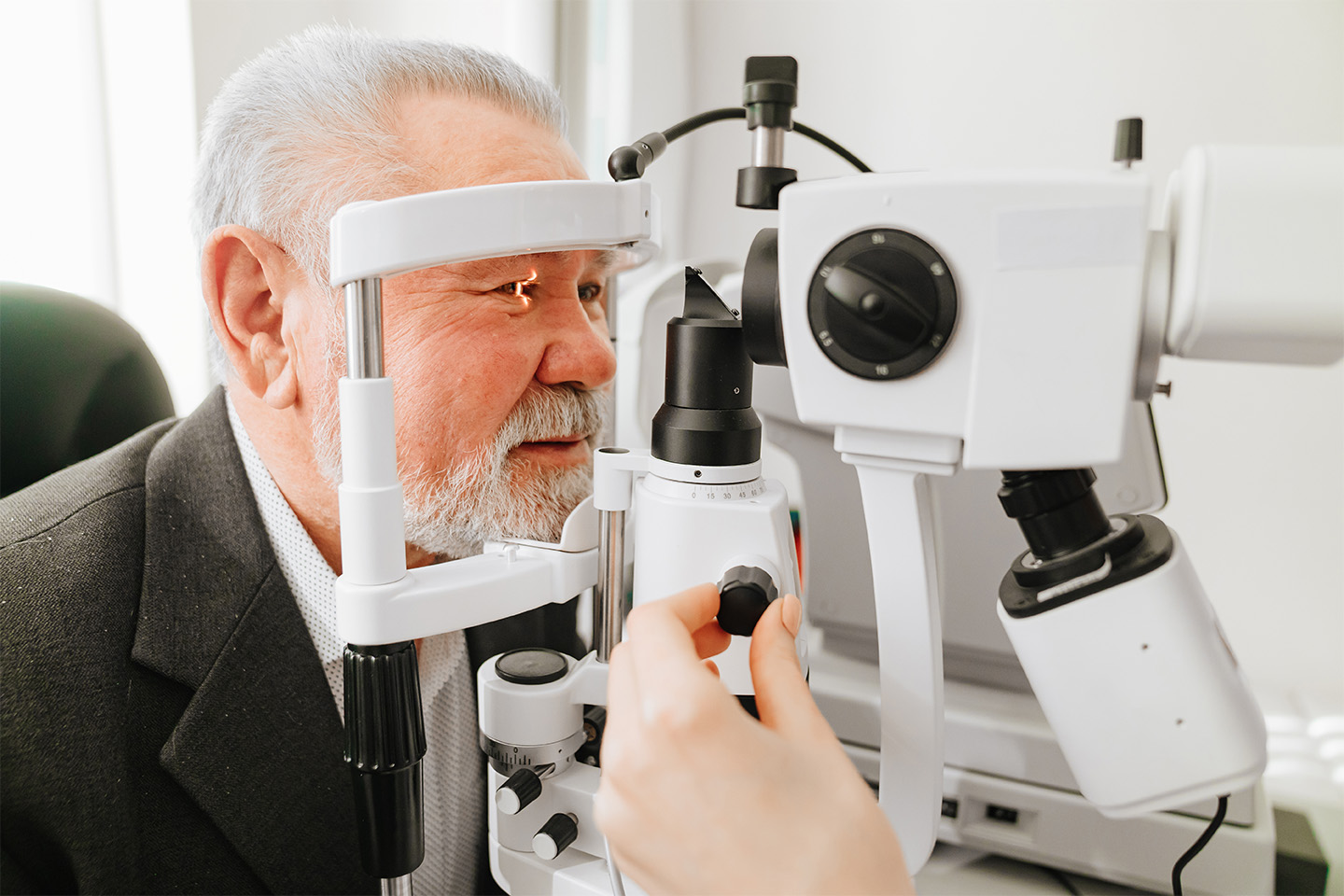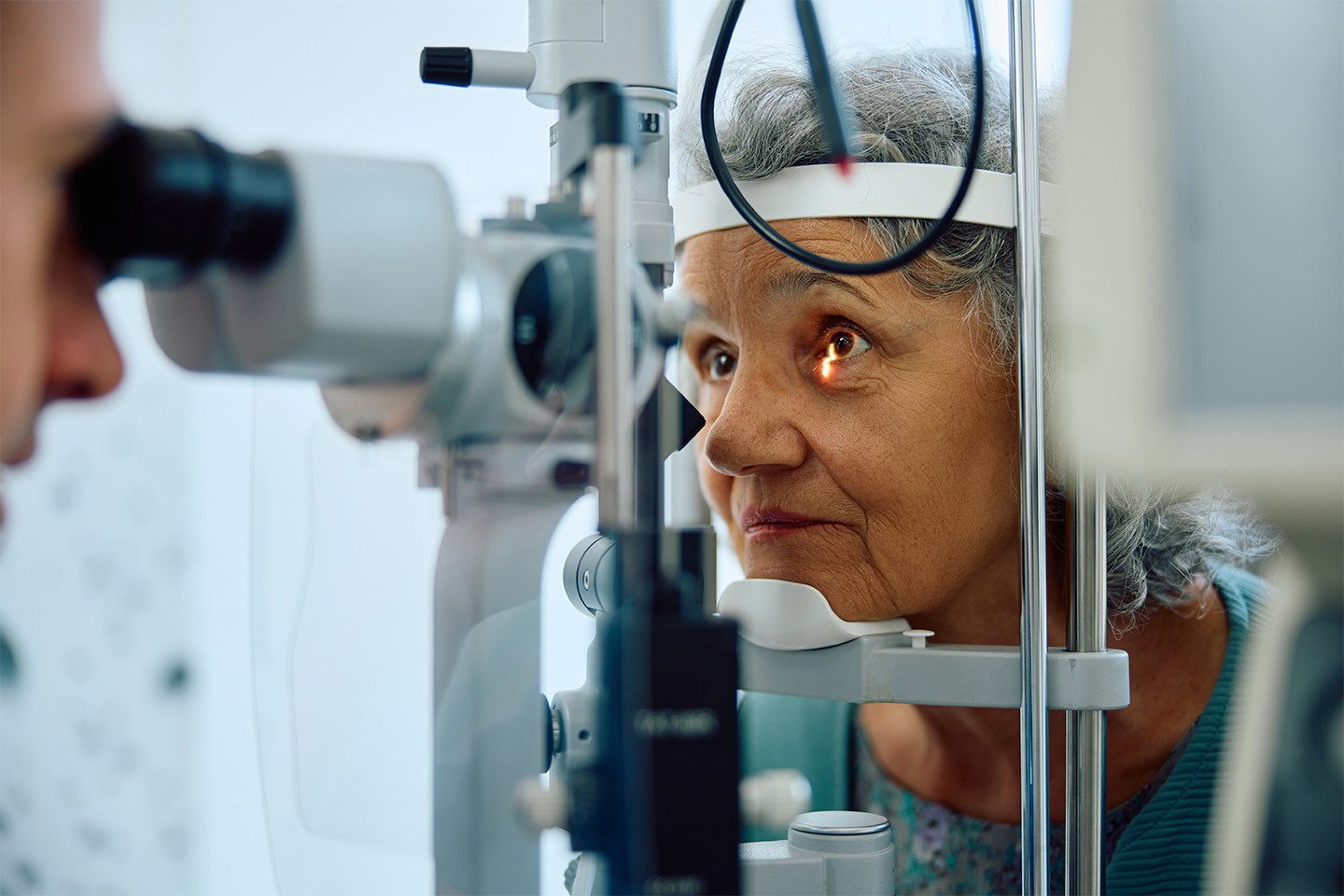Does LASIK for Astigmatism Have a High Success Rate?

The success rate suggests that LASIK is a highly effective choice for moderate astigmatism.
Do you have trouble reading a magazine? What about a billboard? If you’re a patient with astigmatism, your eyesight may leave you squinting at both of these distances—often long before the age when you might need reading glasses. Luckily, LASIK is an easy and effective option for most patients with astigmatism
What Is Astigmatism?
Astigmatism is a common eye condition that can cause blurry vision at both near and far distances. In most cases, the condition is hereditary or develops after an eye injury or disease. The condition may worsen over time, or in some cases improve. A person with astigmatism will likely experience blurred vision, headaches, and eye strain. They may often squint to see.
Astigmatism is not a disease of the eye but a refractive error, similar to being nearsighted or farsighted, that results in oblong corneas instead of their normal round shape. Fortunately, astigmatic vision can be corrected with glasses, contacts, or – in most cases – laser correction.
LASIK Astigmatism Success Rate
People with astigmatism sometimes have the preconception that LASIK is off the table for their condition. However, this is an outdated belief. In fact, LASIK has been used for astigmatism for years. Results are similar to typical LASIK success rates, which stand at about 99% for 20/40 vision, and 90% for 20/20 vision.
Before the procedure, your surgeon will assess the curvature of your cornea, and work from these precise measurements to obtain accurate results. The LASIK procedure reshapes the cornea by using a pulsing laser to incrementally alter the curvature of the eye. Success rates for patients with moderate astigmatism are high, and studies show that the results are consistently “very good to excellent.”
Patients should be aware that treatment for astigmatism could be slightly more expensive than for other patients. Some types of astigmatism, like those caused by keratoconus, weaken the cornea, making the patient a poor LASIK candidate. There are, however, other treatment options that might be available. Just as any other laser vision surgery, LASIK for astigmatism is only available to patients over 18.
What to Expect Afterward
Many LASIK patients have only a day or two of recovery, followed by permanently improved vision. Some experience increased glare or dry eyes for up to a few months following the procedure.
Typically if your prescription is low or moderate, you will require only a single procedure, while greater astigmatism may require a follow-up procedure for more precise correction. In some cases, your doctor may suggest a similar procedure, like astigmatic keratectomy or a limbal relaxing incision, as a way to ensure more precise results for those with an advanced condition.
Schedule an Appointment
If you’re curious about fixing your astigmatism, consult with a specialist at the Kleiman Evangelista Eye Centers of Texas. Learn if you’re an appropriate candidate for LASIK, and you might be surprised how easy it will be to fix your condition. We have years of experience treating astigmatism and will work closely with you, to ensure you’re an appropriate candidate for this life-changing procedure.
Turn To The Top Eye Doctors In Texas
Check out one of our locations below for the best eye care near you:









